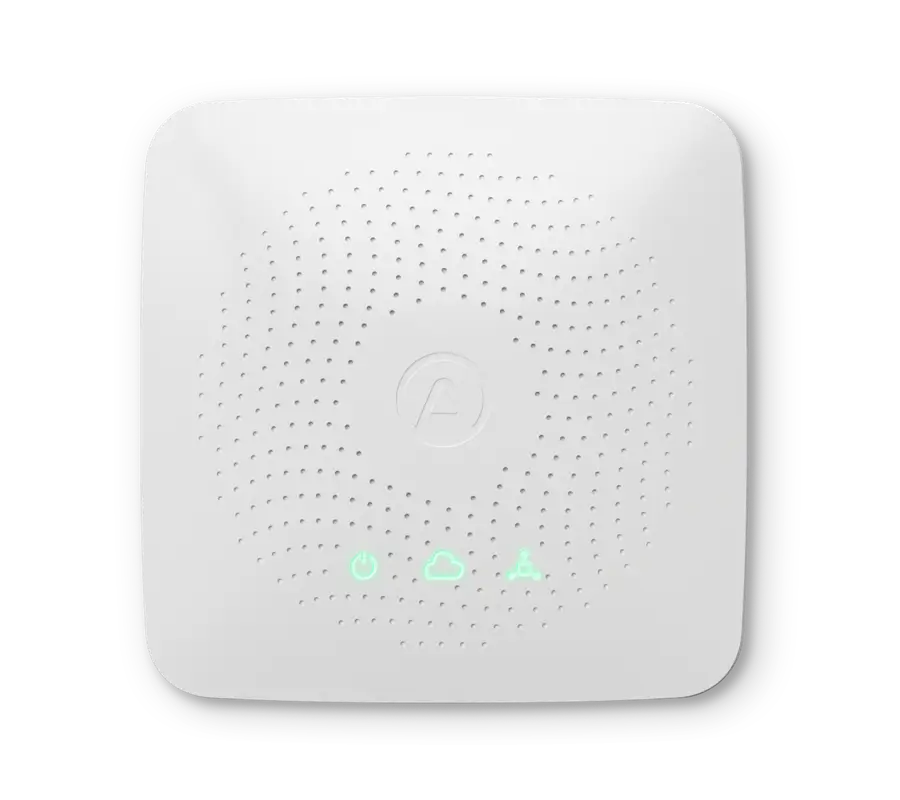Your frequently asked questions, answered! Unlike most contaminants that we monitor in the air, Particulate Matter (PM), is measured in a strange way. In this article, we explain what the difference between PM2.5 and PM1 and how PM is measured.
What's the difference between PM2.5, PM1 and more?
Particulate matter isn’t just one contaminant or pollutant. It’s a range of particles of dust, dirt, and liquids that become suspended in the air. Some of these are large enough to see, like smoke, smog, or soot, but the most harmful are smaller, invisible particles1. These can get into your lungs and even your bloodstream. The healthier the air, the fewer PMs.
As particulate matter is so vast, scientists found a way to measure it. PM1 for example, refers to the size of the particle.
- PM1 are extremely fine particulates with a diameter of fewer than 1 microns.
- PM2.5 (also known as fine particles) have a diameter of less than 2.5 microns.
- PM10 means the particles have a diameter less than 10 microns, or 100 times smaller than a millimeter.
Because particulate matter is categorized by size, PM2.5 includes all PM particles size 2.5 and under. So if your View Plus reports high PM2.5 levels in your home, it includes PM2.5 and under. Therefore, PM2.5 levels will always be higher than PM1 levels.
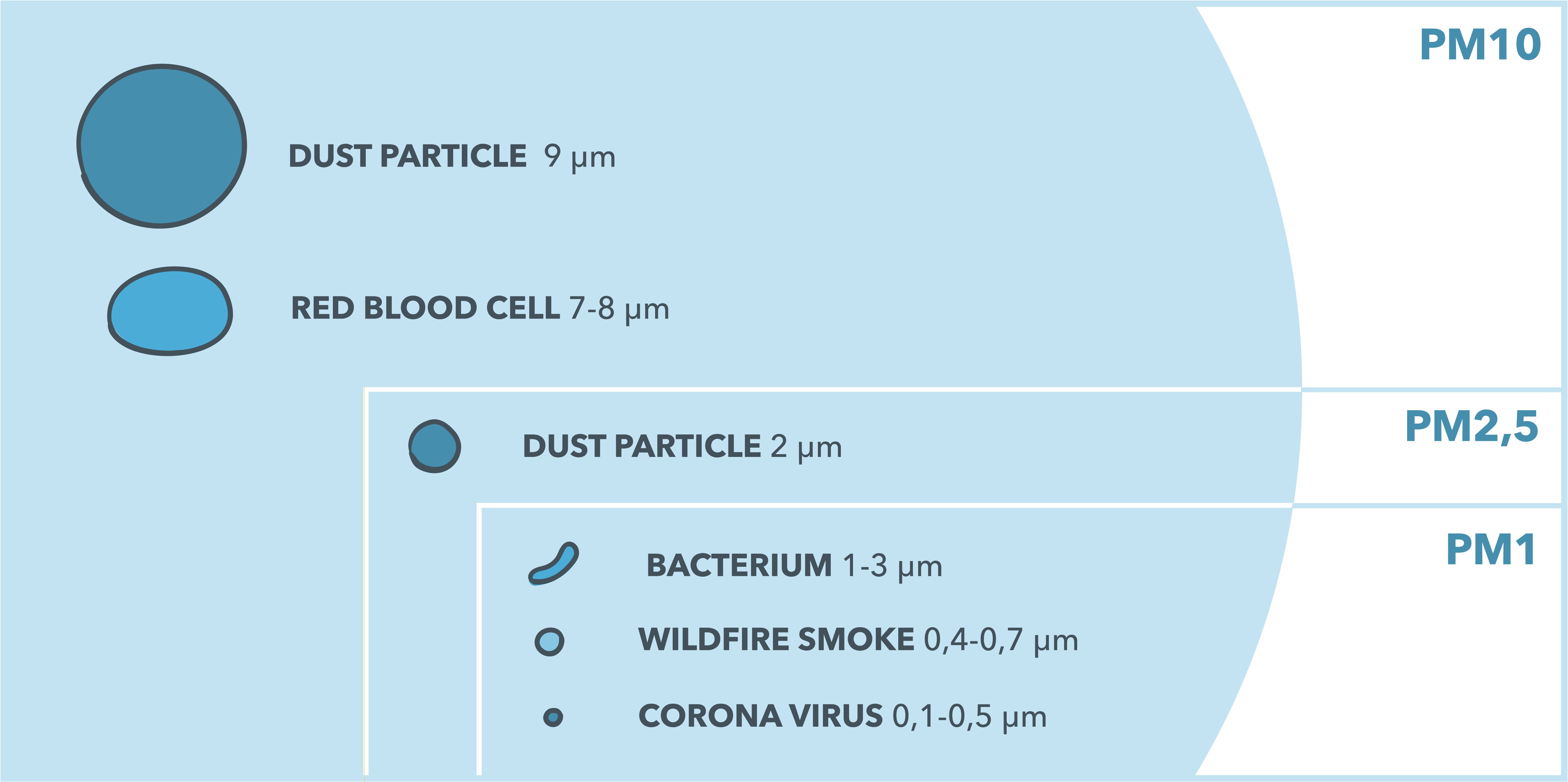










.webp)
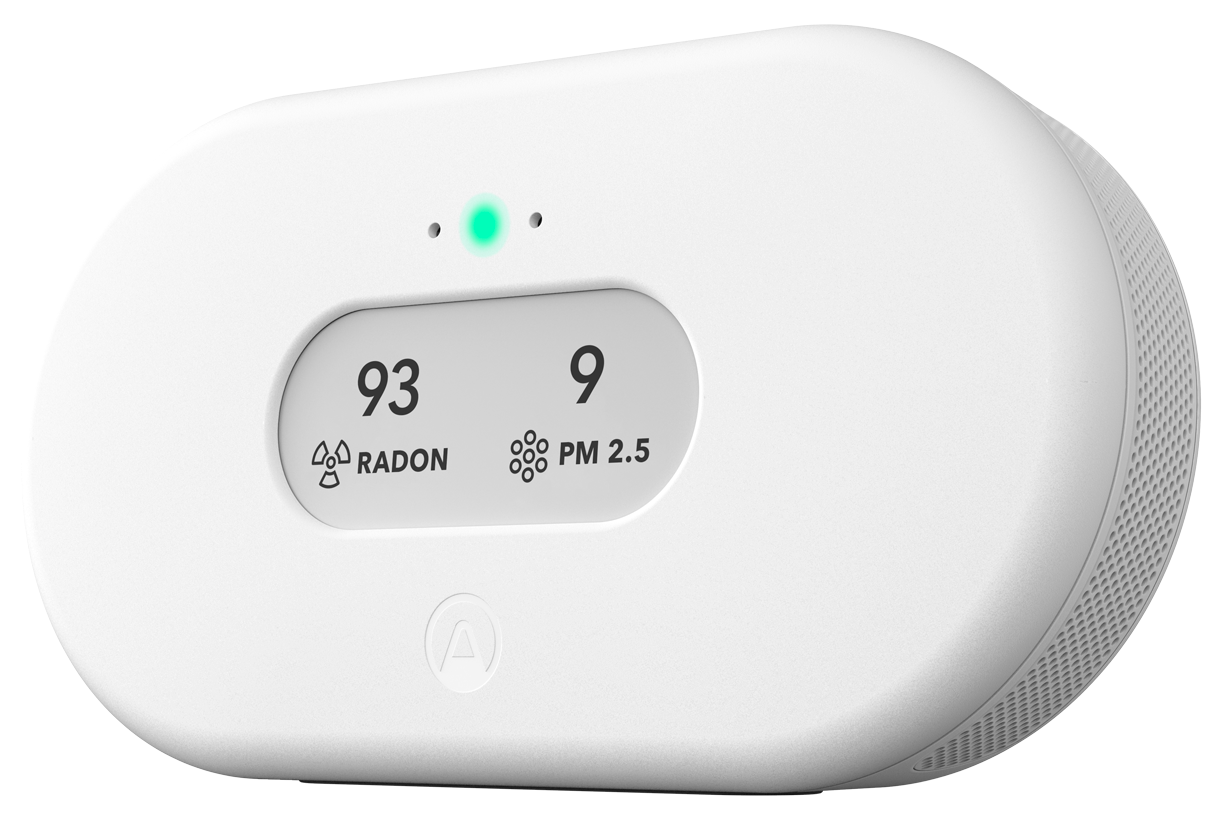
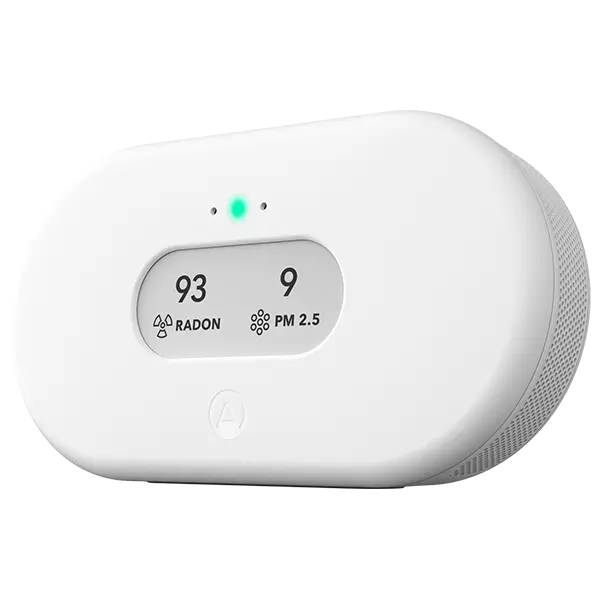

%20(1).webp)
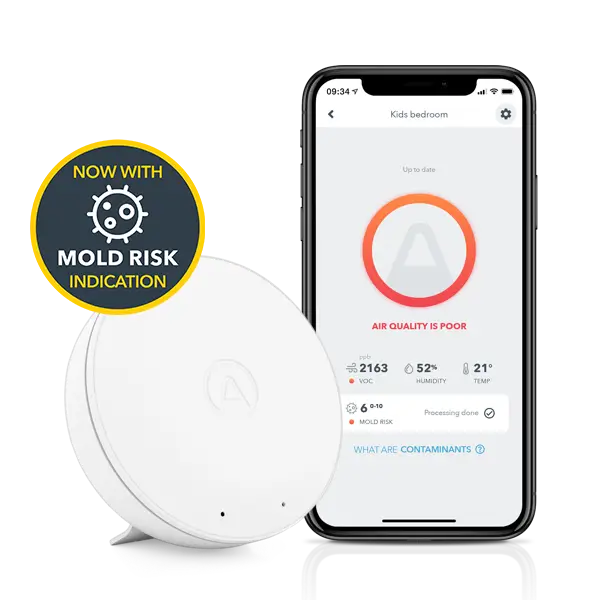
%20(1).webp)
